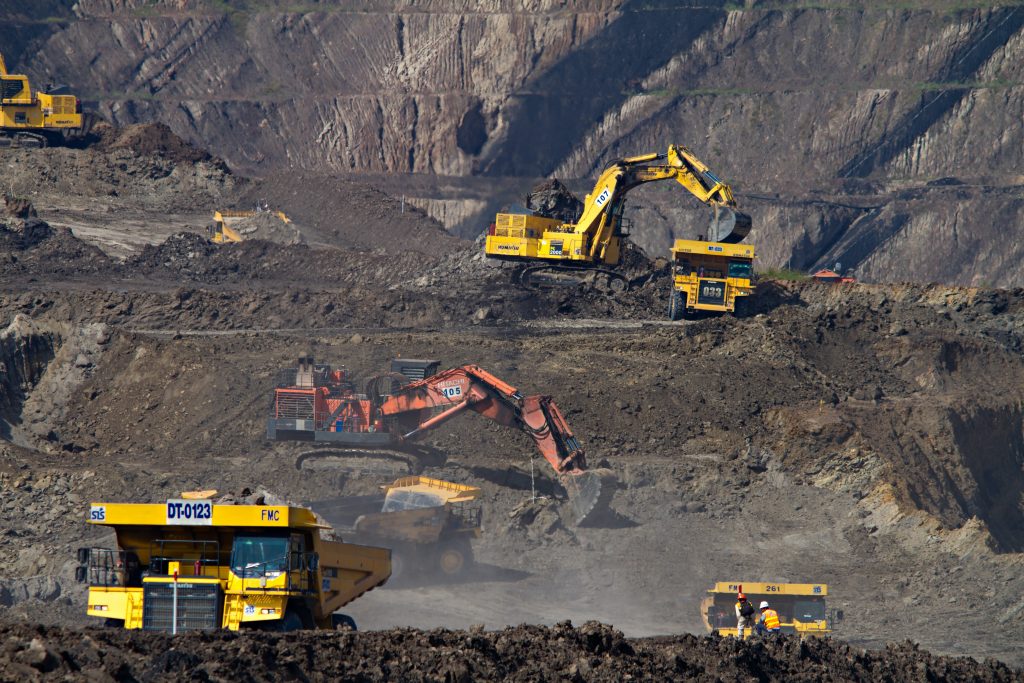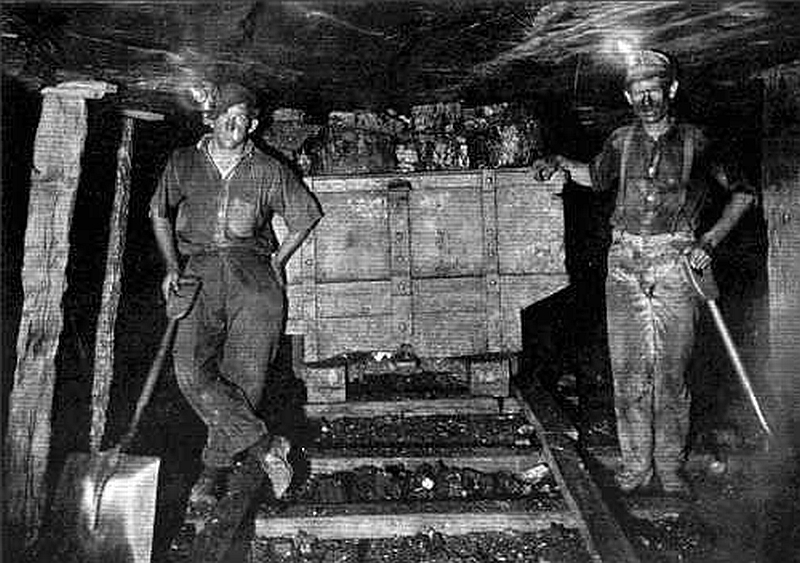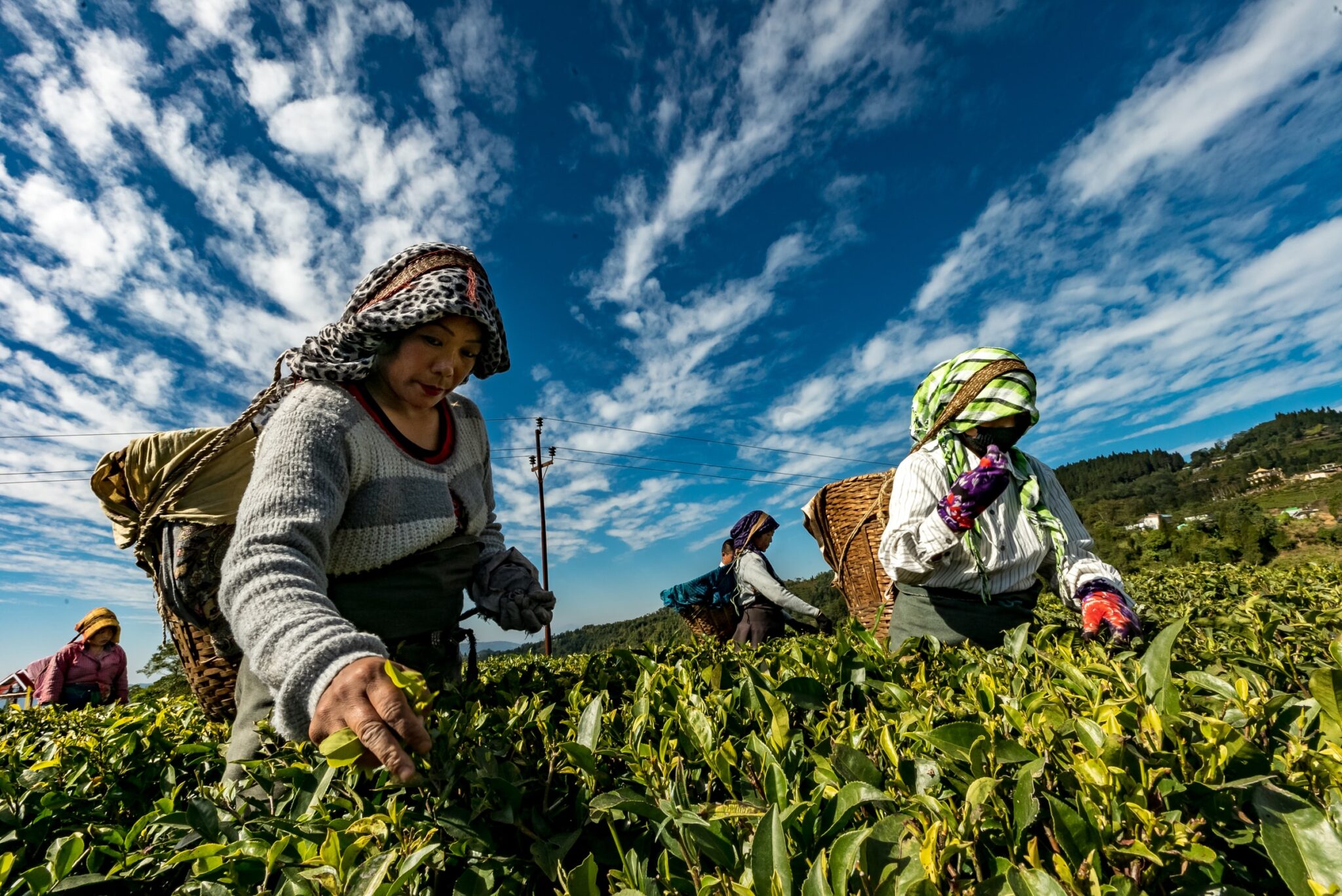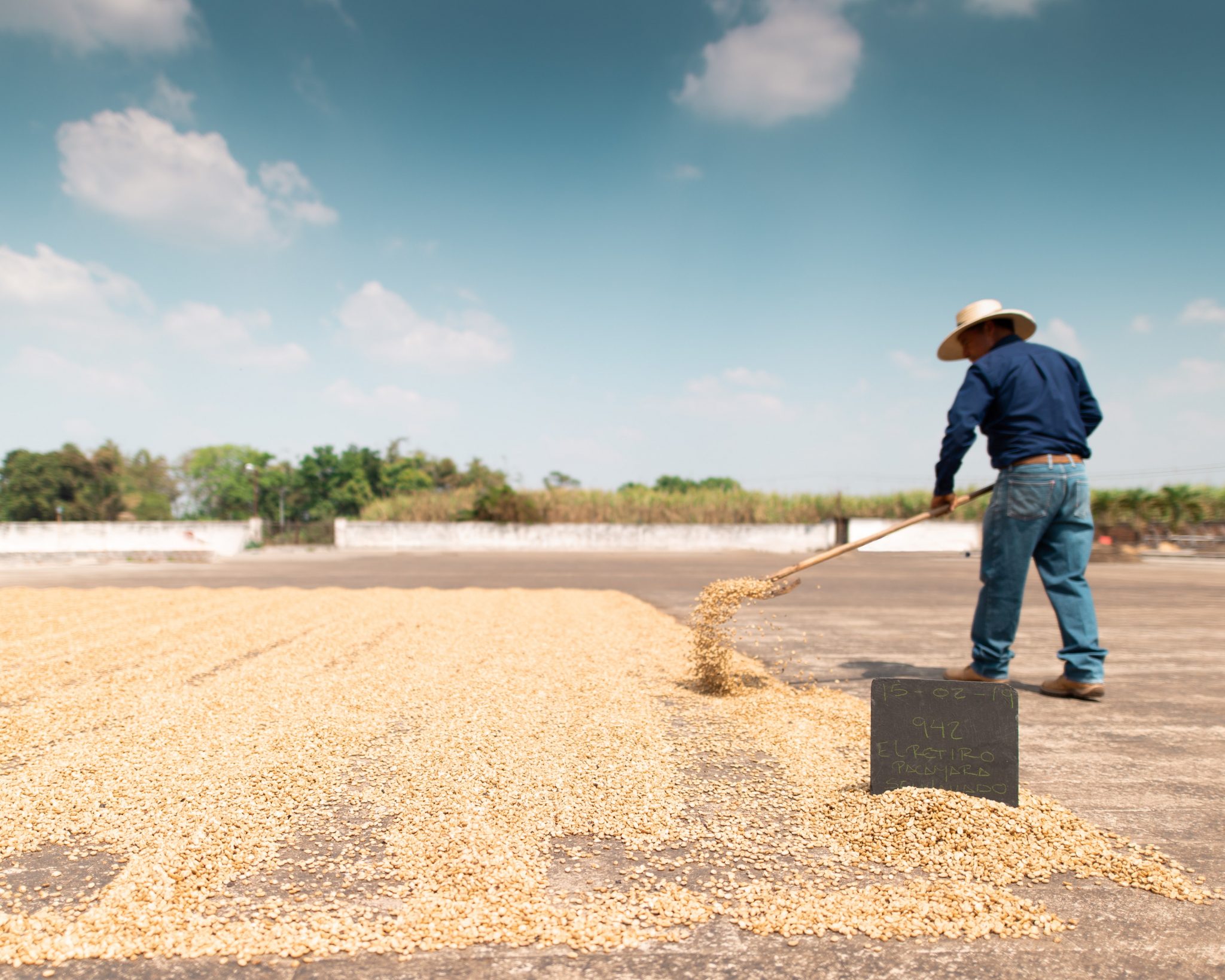The coal market have been around since the industrial revolution. Coal is an industrial commodity still used for fuel production even though it is widely regarded as the main contributor the GHG emissions. Keep reading to learn more about the coal market
What Is Coal?
Coal is a combustible black sedimentary rock made mostly of carbonized plant matter that can be found in some underground seams and is chiefly used as fuel to generate heat or electricity.
Why Is Coal Important?
Coal is currently used to produce about one third of the world’s energy needs, including about two fifths of the global electricity. This is due to its wide availability and relative low cost.
RELATED: Wind Power: Everything You Need To Know
Unfortunately, the use of coal represents 44% of the world’s total carbon dioxide emissions, making it one of the leading causes of climate change and global warming.

Coal Demand: What Is Coal Needed For?
China (50%+ of the world’s demand), India (10%+), and the USA (10%+) are the world’s biggest consumers of coal. However in the next ten years, China and India will increase its demand for coal, while USA and other OECD countries will decrease its dependency on the black rock. This responds to the OECD switching to gas and other renewables due to lower cost and stricter environmental regulation. The largest importing countries are China, India, Japan and South Korea.
Coal is primarily used as a solid fuel to produce heat and electricity through its combustion. The most common process to produce electricity involves an initial pulverization and a subsequent combustion in a furnace with a boiler. The heat transforms water into steam, which is used to spin turbines that turn generators hence creating electricity.
Coal can be used in a variety of different ways, including its gasification, liquefaction. Coke, a low-impurity and high-carbon content, is usually made from coal as well.

Coal Supply: Where And How Is Coal Sourced?
Coal is a relatively widely available commodity mined in over 100 countries including all continents except for Antartica. The world’s largest coal reserves are located in USA (22.6% of world total), Russia (14.4%), China (12.6%), Australia (8.9%) and India (7%).
The largest producing countries are China (~50% of world’s production), USA (~15%), India (~5%), Australia (~5), and Russia (~4%). Most of their production is used for internal consumption, except in the cases of Indonesia, Australia, Russia – who are the world’s leading coal exporters.
Coal is mined from the ground, either by shaft mining or at ground level by open pit mining.
How Is Coal Transported And Stored?
About 25% or the world’s consumed coal is transported internationally either by ship (dry freight) or rail – the most common systems over long distances. For shorter distances, coal is usually transported using conveyors or trucks.
Alternatively, coal can be mixed with water to form coal slurry and transported using pipelines.
Sustainability: What are the main health and environmental concerns?
The WHO defines coal as a “dirty fuel” and recommends to substitute it with other cleaner alternative sources of energy. In this line, the generally accepted view is that the production and use of coal leads to immediate environmental damage and global warming due to its high level of carbon dioxide emissions.
Coal miners might be at risk of contracting “black lung” condition due to their continued exposure to volatile coal particles that remain in their lungs exceeding their bodies’ abilities to remove them naturally.
About 10% of raw coal is coal ash, which is highly toxic for humans and other living organisms. Coal ash contains traces of radioactive materials such as uranium and thorium and other heavy metals.
Water systems can be affected by the use of coal, which might lead to increased acidity of ground waters. In turn, these might lead to the well-know episodes of acid rain.
In any case, there is a global trend in developed countries to transition towards cleaner sources of energy, such as natural gas or renewables. However, developing economies, China particularly so, still rely heavily on coal as main source of fuel to produce energy and electricity.
Coal Market Structure: How Is Coal Traded?
The physical coal market is generally divided into the Atlantic, and the Pacific markets. The Atlantic import market represents mainly the Western European importing nations, most notably UK, Germany, and Spain. The Pacific import market reflects Japan, South Korea, China, and Taiwan who receive exports from Indonesia and Australia.
Who Are The Main Coal Traders?
The main coal traders are Vitol, Glencore, Trafigura, as well as internal purchasing/sales teams at energy companies such as EDF Energy or RWE.
Main coal trading hubs are Shanghai, London, Geneva, and Houston.
Where To Learn More About Coal?
Coal on Wikipedia
BP Energy Outlook 2016 (slides 36-37)








